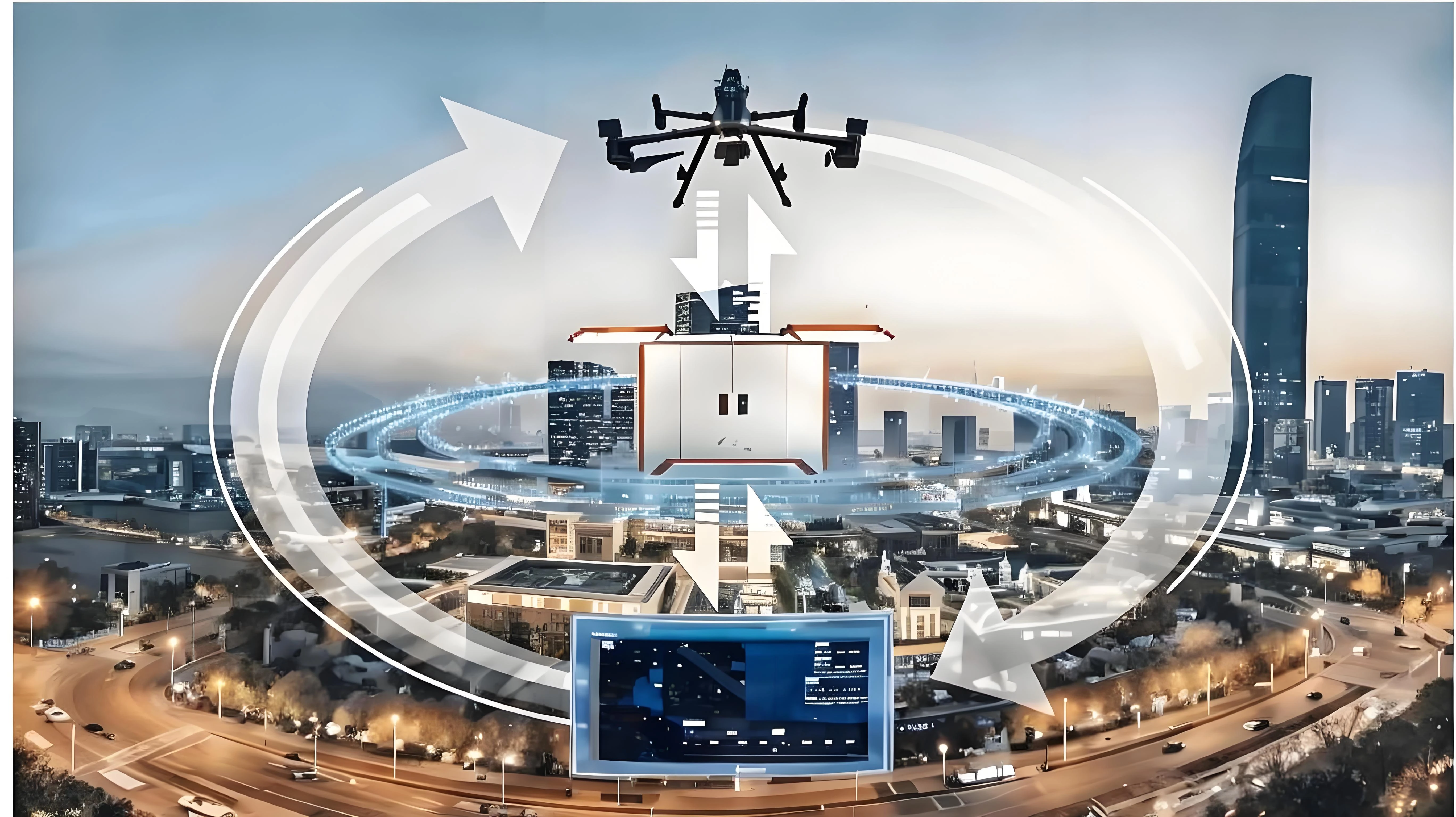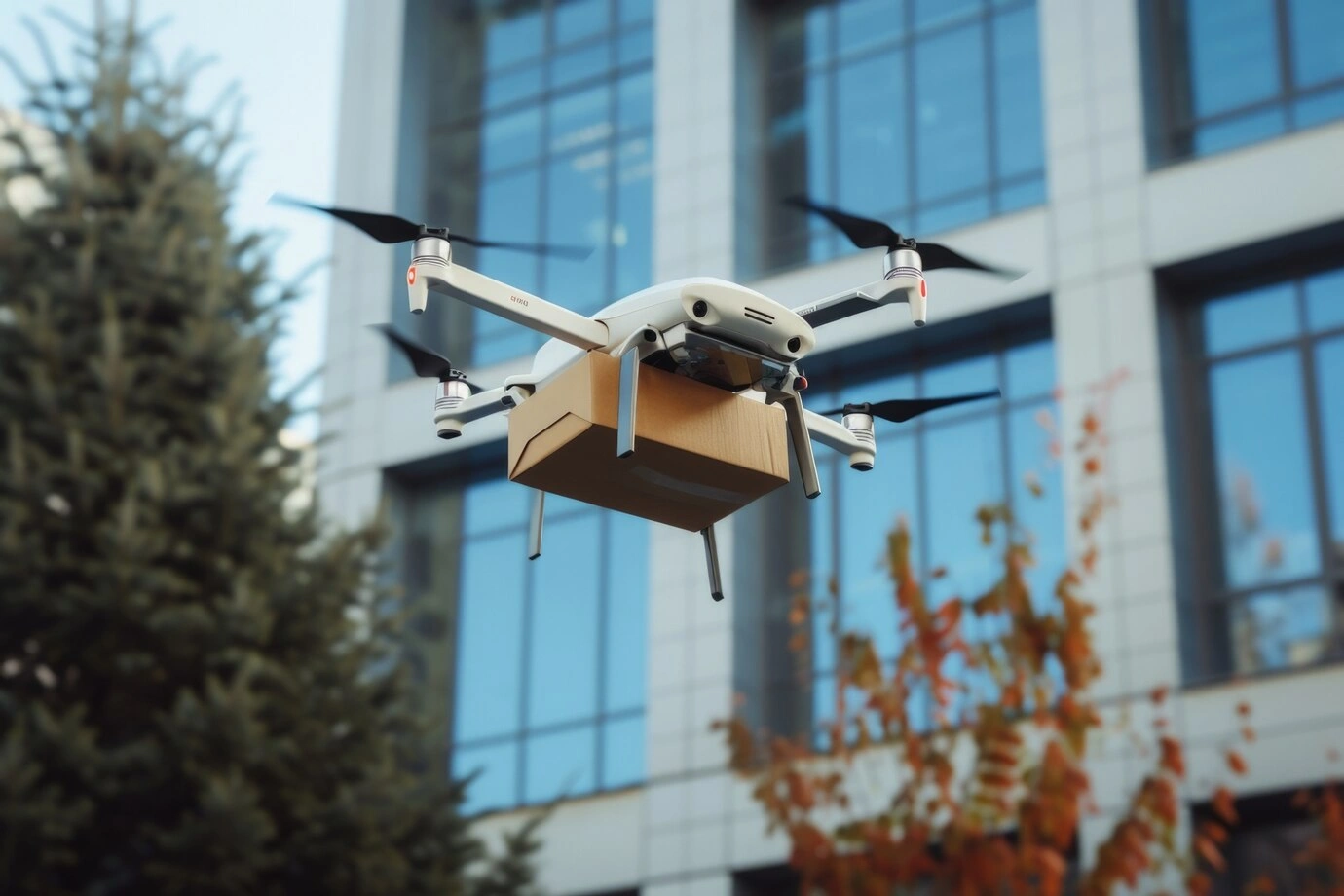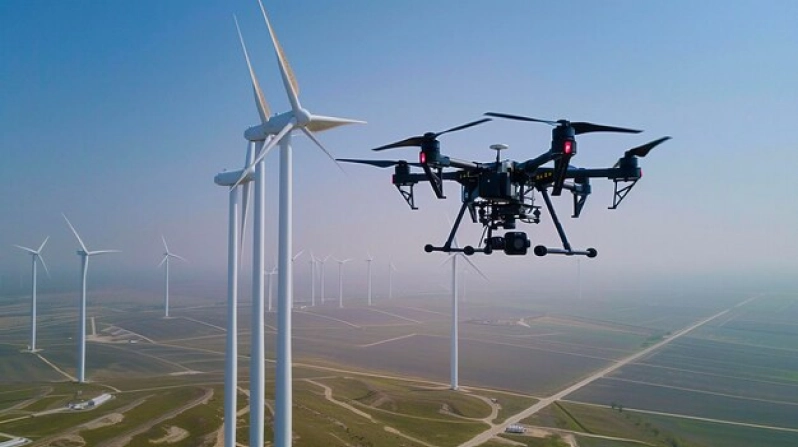Introduction: Why Powerlifting Belts Are So Important
Powerlifters and fitness enthusiasts are well aware of the critical role a high-quality powerlifting belt plays in strength training. Not only does it provide the necessary support and stability, but it also effectively protects the lower back, helping to prevent potential injuries. But have you ever wondered how these belts evolved to their current form? In this blog, we’ll take a comprehensive look at the history of powerlifting belts, exploring how they gradually transformed from basic protective gear into an essential training partner. By understanding the evolution of these products and their technological advancements, you’ll be better equipped to select the right belt for your needs and maximize your training performance.
The Origins of Powerlifting Belts
Early Strength Training
The history of strength training dates back to ancient Greece. At that time, athletes often used natural objects to build their physical strength. Events like the Olympic Games provided a competitive arena for strength training. In these early workouts, stones, wooden logs, and iron blocks were the preferred tools for adding resistance. Although the methods were simple, they were incredibly effective. This basic form of strength training not only built muscle strength but also developed the athletes’ explosiveness, flexibility, and endurance.
The Early Prototype of Belts
While there were no professional belts in the modern sense during early strength training, ancient athletes understood the importance of supporting and protecting their lower backs during intense workouts. Many athletes began using cloth straps, belts, or animal hides as makeshift waist support to help stabilize their core while lifting heavy objects. Though primitive in design, these early belt prototypes played a role in preventing excessive bending of the lower back and reducing the pressure on the spine.
Development of Strength Training Belts
By the early 20th century, with the rise of bodybuilding and weightlifting in Western countries, strength training equipment saw gradual improvements and became more specialized. Powerlifting belts began to gain widespread use, helping athletes protect their lower backs during weight training. The earliest belts were mostly made of wide leather, designed to provide extra lumbar support and increase intra-abdominal pressure, which helped prevent injuries caused by over-flexing the spine.
As strength sports evolved, so did the design of the belts. Powerlifters typically preferred thicker, wider belts for maximum support, while bodybuilders leaned toward lighter, more flexible belts to maintain mobility. By the mid-20th century, the materials used in belts began to diversify. In addition to traditional leather, synthetic materials and fabric belts emerged to meet the needs of different athletes. Today, belts are not just tools for protecting the lower back—they’ve become essential gear for enhancing performance in strength training.
The Birth of Modern Powerlifting Belts
The emergence of modern powerlifting belts marks a significant milestone in the development of weightlifting. These belts have not only seen material improvements but have also evolved in design to better match the human body’s ergonomics.
Leather and Nylon Belts
Modern powerlifting belts come in two main types: leather belts and nylon belts, each with its own advantages and ideal use cases.
Leather Belts
Leather belts are popular for their durability and strength. Made from high-quality full-grain leather, they provide excellent support and stability. These belts are particularly effective in offering additional abdominal support, helping protect the lower back during high-intensity strength training and reducing the risk of injury. Leather belts are typically thick and are ideal for exercises that require substantial support and stability, such as squats and deadlifts. Due to the nature of leather, these belts often need a break-in period to better conform to the wearer’s body.
Nylon Belts
Known for their lightweight and flexible design, nylon belts are made from high-strength nylon fibers, offering good abrasion resistance and elasticity. These belts are suitable for exercises that require a greater range of motion and flexibility, such as Olympic weightlifting and functional training. Nylon belts are generally more lightweight and often feature quick-adjust mechanisms, allowing for comfort and adaptability across different training intensities. Additionally, their breathable nature makes them ideal for long-term wear.
Double Prong, Lever, and Ratchet Buckles
In addition to material advancements, the design of belt buckles has also seen improvements.
Double Prong Buckle
The double prong buckle is a traditional design, featuring a straightforward and intuitive structure. It secures the belt using two metal prongs that fit into two corresponding holes. The strength of this design lies in its durability and stability, though it may not be as convenient to adjust as some of the newer options.
Lever Buckle
The lever buckle is a newer innovation, working on a mechanism similar to a lever. It allows for quick and precise adjustments, offering a tighter fit that conforms more closely to the wearer’s body. The ease of adjusting makes it ideal for situations where frequent changes in belt tightness are needed.
Ratchet Buckle
This design uses a ratchet mechanism to offer highly adjustable tightness. Users can finely tune the belt’s fit by turning the ratchet, which provides great precision and convenience. The ratchet buckle is particularly useful for exercises where exact control over tightness is important, providing stable support and reducing belt slippage during use.
Ergonomic Design
Modern powerlifting belts are designed with a strong focus on ergonomics, aiming to offer superior support and comfort. Specifically, these belts feature reinforced padding around the waist, often with high-density foam or other supportive materials, which significantly enhances back support. This padding helps to evenly distribute force, reducing direct pressure on the lower back while providing added stability during heavy lifts. Additionally, the belts are shaped to follow the natural curve of the body, ensuring a snug fit that avoids discomfort, ultimately improving comfort and performance during use.
The Role of Belts in Powerlifting
Enhancing Core Stability
During high-intensity training like powerlifting, belts significantly enhance an athlete’s core stability. A stable core is essential for performing lifting movements both effectively and safely. By increasing intra-abdominal pressure, belts help athletes maintain a solid, stable posture throughout their lifts. This additional support improves training efficiency, allowing lifters to maintain proper form during each movement, resulting in better execution of their lifts. At the same time, this stability reduces the risk of injuries caused by an unstable core.
Boosting Strength Output
Belts provide extra support, allowing athletes to exert more force during maximum lifts. In powerlifting competitions, even a small increase in weight can make a big difference in the final result. The belt helps focus the athlete’s strength more effectively on the barbell, improving waist stability and support. This enables athletes to generate greater power during their lifts, leading to improved performance and higher competitive levels.
Reducing Injury Risk
Wearing a belt can significantly reduce the risk of injury during strength training. By limiting excessive bending and twisting of the lower back, belts provide extra support to protect the spine and lumbar region. They help maintain proper lifting form, preventing injuries caused by overloading the lower back. For instance, during movements like squats and deadlifts, belts prevent improper bending and twisting of the back, thereby reducing the risk of common injuries such as herniated discs and muscle strains.
How to Choose the Right Powerlifting Belt
Choosing the right powerlifting belt can be tricky. Here are some key factors to consider when making your decision:
|
Factor |
Description |
|
Material |
– Leather Belts: Offer strong support and durability, ideal for heavy training. |
|
Width |
– 4 inches (about 10 cm): Standard width, suitable for most strength training. |
|
Thickness |
– Thicker Belt: Offers stronger support, perfect for heavy lifting but can be stiffer. |
|
Adjustment |
– Double Prong: Classic design, offers stable fastening, great for general training, but adjustments take time. |
|
Comfort |
Make sure the belt has padding on the inside to reduce friction and discomfort during workouts. |
|
Sizing |
Choose the right size based on your waist measurement. Most brands provide size guides. |
|
Brand and Reviews |
Go for well-known brands and check user reviews to see how the belt performs in real life. |
|
Use and Intensity |
– Basic Training: A standard belt will do. |
How to Use a Powerlifting Belt Correctly
Even with a high-quality powerlifting belt, improper use can prevent you from getting the most out of it. Here are some key details to pay attention to when using a belt:
Correct Wearing Position
Placement
The belt should be worn at the natural curve of your waist. This is typically around the lower spine, near the lumbar region, but not below the lumbar area or above the ribcage. This ensures the belt provides effective support to your core, helping stabilize the spine and reduce pressure on your lower back.
Position Adjustment
When putting on the belt, stand and slightly bend at the waist to ensure the belt sits naturally and hugs your body’s curves.
Proper Tightness
Tightness Adjustment
The belt should fit snugly but not too tight. A proper tightness offers sufficient support and enhances stability and safety during lifts. You should feel slight pressure during deep breaths, but it shouldn’t restrict breathing or cause discomfort.
Comfort Check
After putting on the belt, perform a few simple movements like bending or twisting to ensure the belt is snug and comfortable. If you find it hard to breathe or your movement feels restricted, loosen the belt a bit.
Appropriate Usage Frequency
Frequency of Use
While a belt can significantly enhance support during training, it doesn’t mean you should wear it for every session. Over-reliance on a belt may weaken your core muscles over time, which could negatively affect overall training results.
Use Based on Training
Use a belt during high-intensity, heavy-weight exercises like squats and deadlifts to protect your lower back. For lighter exercises or less intense training, avoid using the belt to help strengthen core stability and muscle power naturally.
Maintenance and Care for Powerlifting Belts
To ensure the longevity and performance of your powerlifting belt, proper maintenance and care are essential.
Regular Inspections
Check for wear and tear
After each use, carefully inspect the belt, especially the buckles and stitching. Look for cracks, fraying, or signs of loosening. If any damage is found, replace or repair it immediately.
Buckle maintenance
Make sure the hooks and loops of the buckle are not rusty or damaged. If the buckle becomes loose or fails to fasten securely, replace or repair it to avoid accidents during training.
Keep it clean
Surface cleaning
After use, wipe the surface of the belt with a damp cloth or soft towel to remove sweat and dirt. Avoid using harsh cleaners or brushes, as they can damage the material.
Air dry
After cleaning, let the belt air dry in a well-ventilated area. Avoid direct sunlight or using a hot air dryer, as excessive heat may cause the belt to warp or the material to degrade.
Avoid Overuse
Usage frequency
While a powerlifting belt provides extra support, over-reliance on it may weaken the development of core strength. Try to use the belt only when you need additional support during heavy lifts, and reduce usage during regular training to encourage natural strength development.
Balanced training
When strength training, make sure to include core exercises in every workout to promote balanced physical development. This not only helps build strength but also reduces dependency on the belt.
The Future of Powerlifting Belts
With advancements in technology, the design and materials of powerlifting belts are constantly evolving. In the future, we may see more intelligent and personalized belts.
Smart Belts
Future powerlifting belts may integrate advanced smart sensors capable of monitoring an athlete’s posture, force output, and movement data in real-time. Using this data, the belt could provide personalized feedback and suggestions to help optimize training and prevent injuries. For example, the belt could alert the wearer if improper posture is detected or offer adjustment tips via a mobile app, guiding athletes to correct their form and manage their strength in real time.
Personalized Customization
As 3D printing technology advances, personalized powerlifting belts will become more accessible. Athletes can customize the size, shape, and material of their belts based on their body type, training needs, and comfort preferences. For instance, belts can be tailored to match an athlete’s waist size, body fat percentage, and usage habits to provide optimal support and comfort. Athletes can also choose specific colors and designs, enhancing their personalized experience.
Eco-friendly Materials
The use of eco-friendly materials will be a key direction for the future development of powerlifting belts. More renewable and biodegradable materials, such as bio-based synthetics or recycled plastics, will be used in production. This not only reduces the environmental impact but also caters to the growing demand among athletes for sustainability. Additionally, the manufacturing process will increasingly focus on waste reduction and energy conservation, promoting greener production methods.
Conclusion
As a key piece of equipment in strength training, the evolution of powerlifting belts has been marked by innovation and progress. From simple cloth strips in the early days to today’s high-tech smart belts, each improvement has enhanced the training experience for athletes. Whether you’re a beginner or a professional, choosing the right powerlifting belt can significantly boost your training performance and protect your lower back.
If you’re aiming for greater progress in strength training, be sure to try using a powerlifting belt and follow the recommendations in this article to find the one that suits you best.




